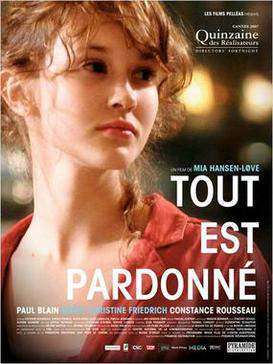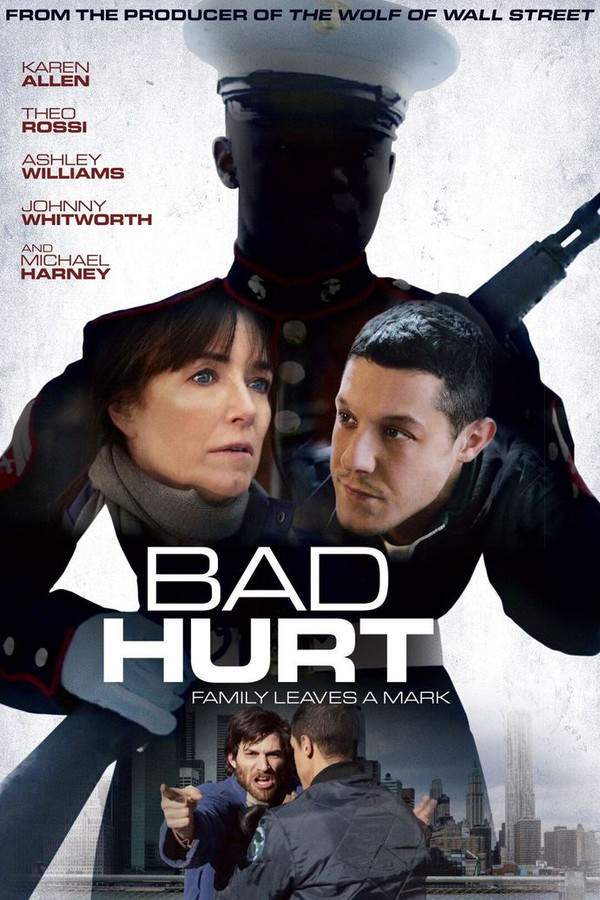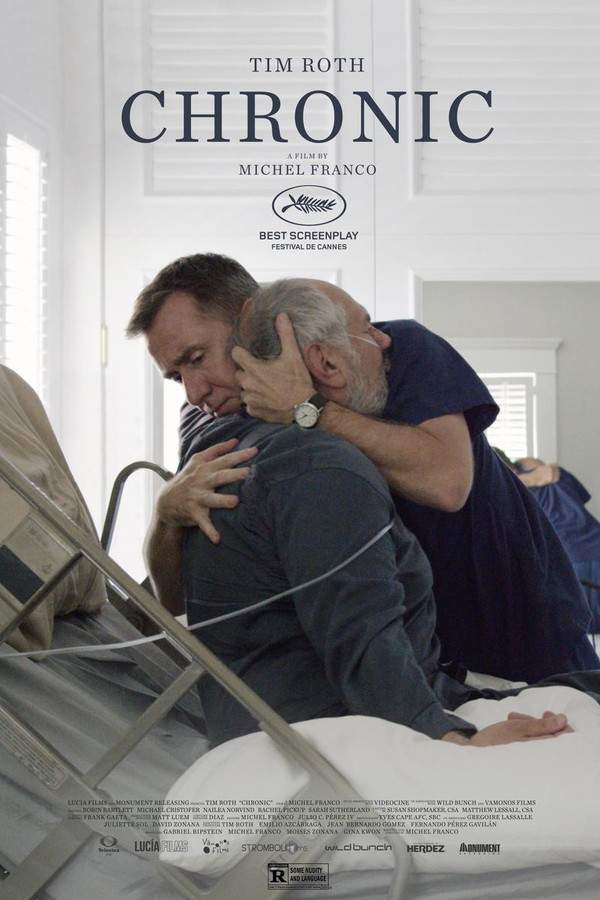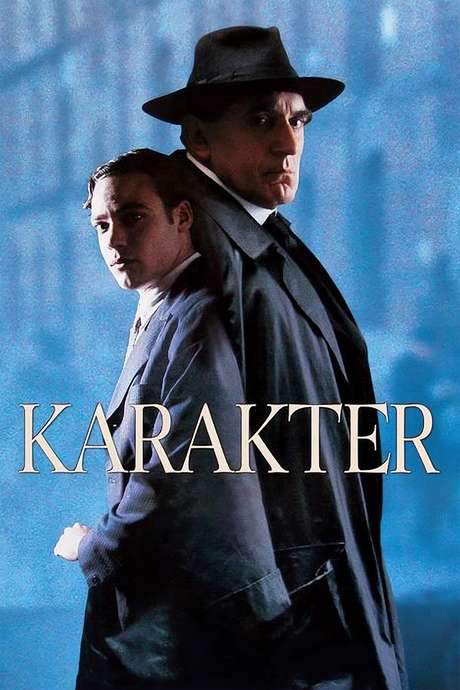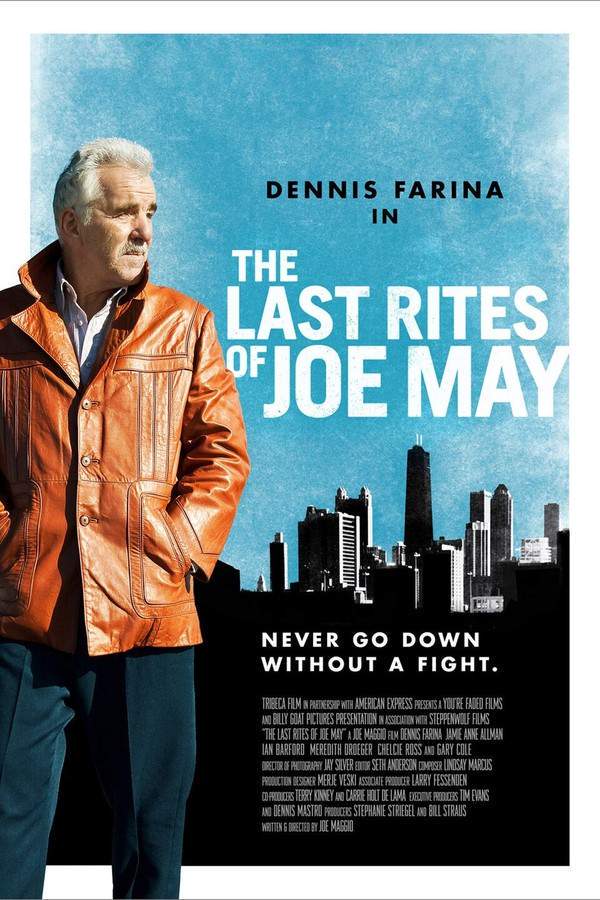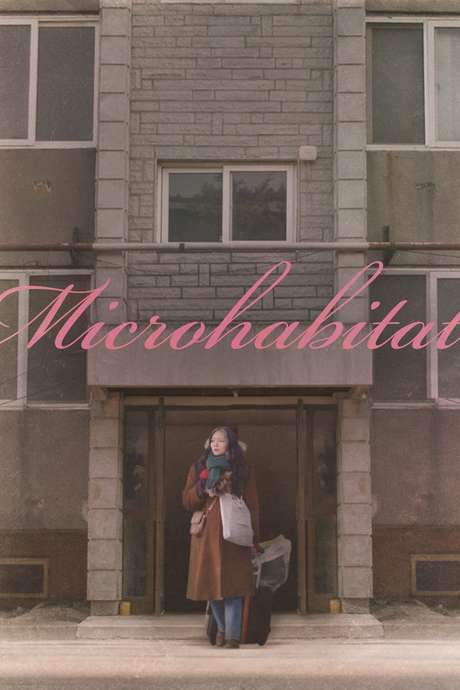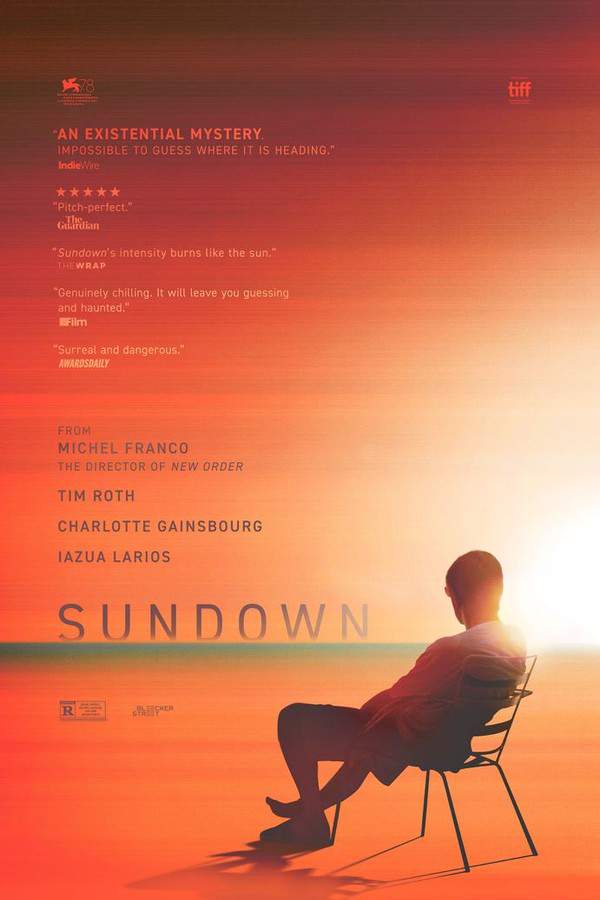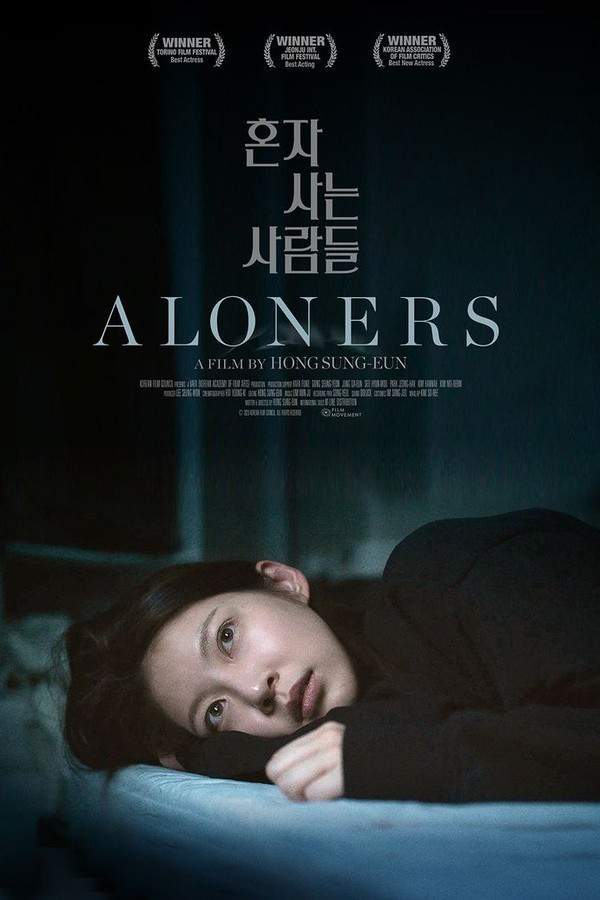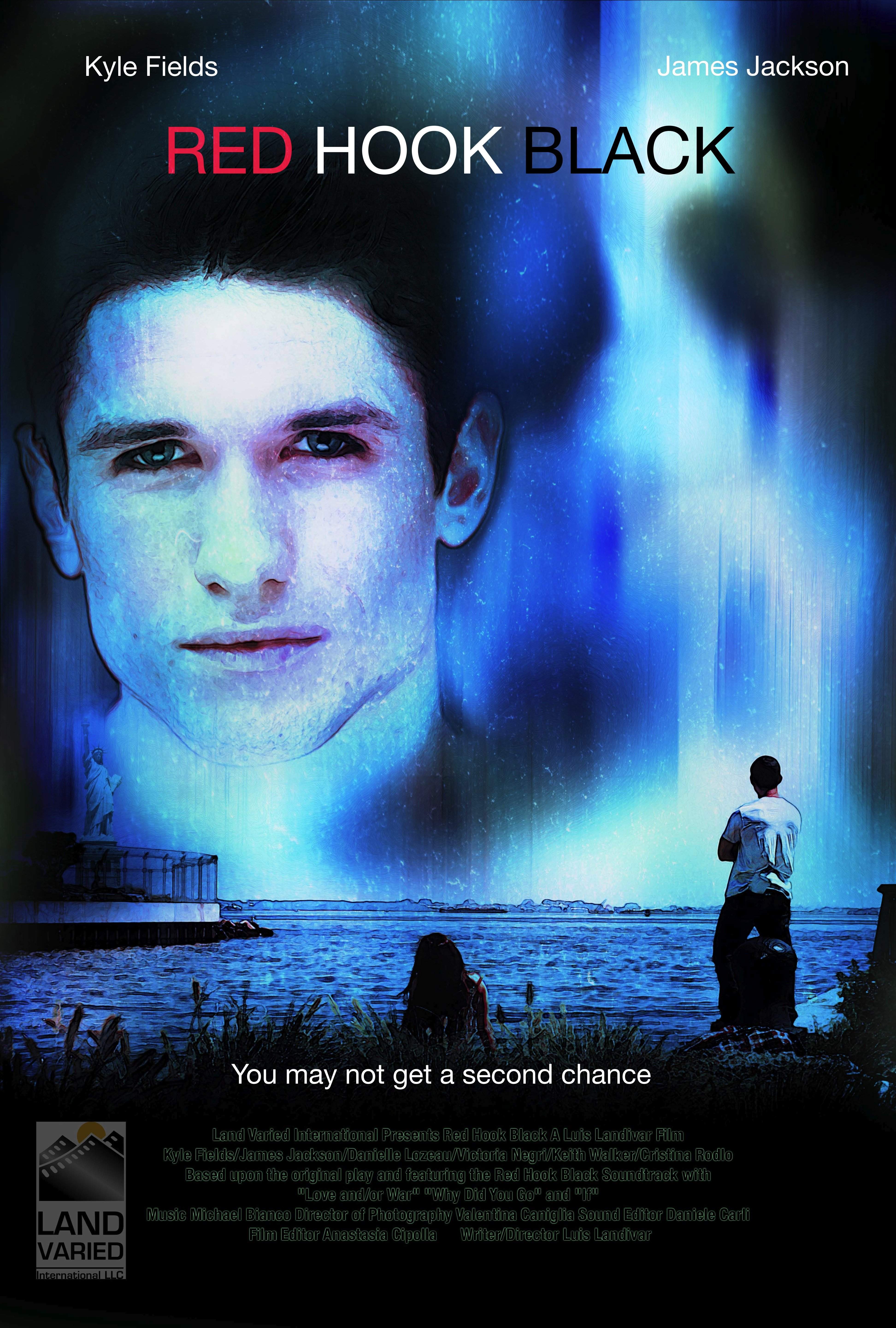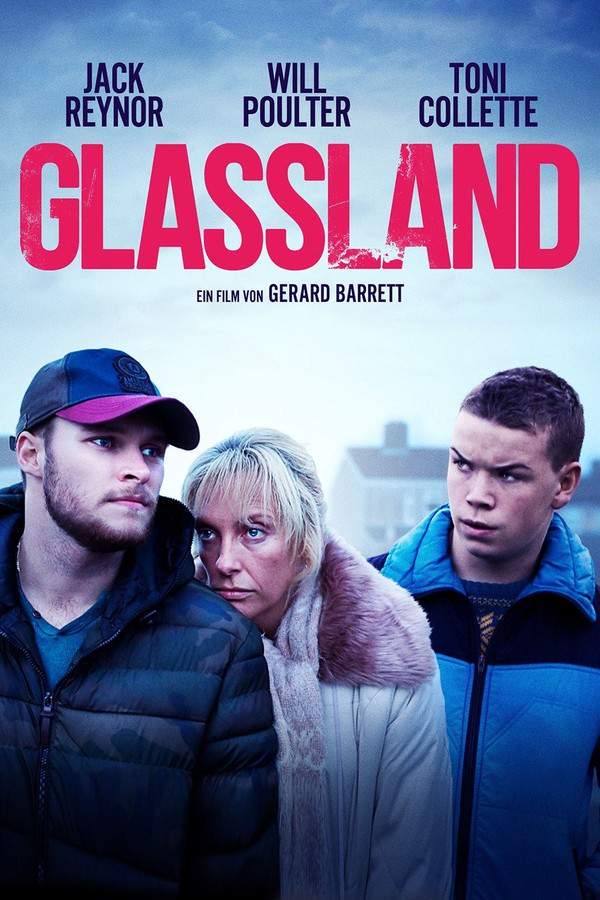
Glassland
Year: 2016
Runtime: 93 min
Language: English
Director: Gerard Barrett
In this gritty drama, Jack Reynor portrays John, a taxi driver desperately trying to prevent his mother Jean, played by Toni Collette, from spiraling into self-destruction. After Jean survives an overdose, John is compelled to address her damaging patterns and find a way to pay for her recovery. His search leads him into a dangerous confrontation with the criminal underworld, forcing him to confront his own difficult history along the way.
Warning: spoilers below!
Haven’t seen Glassland yet? This summary contains major spoilers. Bookmark the page, watch the movie, and come back for the full breakdown. If you're ready, scroll on and relive the story!
Glassland (2016) – Full Plot Summary & Ending Explained
Read the complete plot breakdown of Glassland (2016), including all key story events, major twists, and the ending explained in detail. Discover what really happened—and what it all means.
John is a financially struggling taxi driver in Dublin, navigating a life filled with chaos and despair. He lives with his mother, Jean, who is on a destructive path of drinking herself into oblivion. His daily reality strikes a tragic note when he finds her comatose in her own vomit and hastily drives her to the hospital for urgent care. Though she recovers temporarily, this cycle of drunkenness remains unbroken. If only he could find a way to change it all.
In his spare moments, John juggles his time between seeking more driving jobs, spending time with his only friend, and enduring heated arguments with his mother over her alcoholism. He also cares for his younger brother, who has Down syndrome and resides in a care home that accommodates children with disabilities. Determined to reclaim some semblance of control, John takes drastic steps by removing all alcohol from their living space and pleading with his mother to quit drinking. Instead, he is met with fury as she shouts at him and shatters plates, all while he quietly documents the meltdown on video.
The emotional strain intensifies when John anxiously scours the neighborhood for his mother, eventually finding her intoxicated on their doorstep. Lacking any alternative, he invites her to revel alongside him. He stands by, unmoved, as she indulges in drinking and dancing in the kitchen, confessing her deep-seated regrets. She reveals a painful truth: their father abandoned the family when John’s brother was born, and she has always perceived him as a burden rather than a human being. In stark contrast, Jean cherishes John as her “precious child” who consistently searches for her, even after her husband’s departure left her feeling perpetually isolated, with only alcohol for solace.
With an emotional outburst, John persuades her to enter a treatment center, expressing his anguish and demonstrating the video of her destructive behavior. Although the initial stay at the free center lasts just one week, the compassionate director manages to find a slot at a private clinic that costs 8,000 euros. Faced with desperation, John reaches out to his boss for an advance and agrees to fulfill any requests to secure the funds. This turns into a poignant episode when John gives his friend Shane a ride to the airport but orchestrates a heartfelt reunion between Shane and his young son, whom he rarely sees. Their farewell is marked by tears as they part ways at the airport.
Later, John visits the treatment center with his brother, where his mother finally establishes a sincere emotional bond with him. This semblance of hope soon confronts an unsettling reality when John’s boss assigns him to pick up a delicate package. He drives to a rundown house, where he encounters a young Asian woman, battered and lost in a bathtub. Disturbed and at a loss for words, John takes the initiative to transport her to the director of the treatment center, seeking help for her in a moment that feels like it could be pivotal in the cycle of suffering that surrounds him.
Last Updated: November 15, 2024 at 17:46
Explore Movie Threads
Discover curated groups of movies connected by mood, themes, and story style. Browse collections built around emotion, atmosphere, and narrative focus to easily find films that match what you feel like watching right now.
Gritty caregiver desperation movies like Glassland
Stories of ordinary people pushed to extremes by a loved one's addiction.If you were moved by the desperate caregiving journey in Glassland, these movies explore similar stories of ordinary people pushed to their limits by a loved one's addiction. They share a heavy emotional weight, a somber tone, and a focus on the sacrifices made in the shadows.
Narrative Summary
This narrative pattern follows a protagonist, often a family member, whose life becomes defined by managing another's destructive behavior. The story unfolds as a slow, cyclical battle against addiction or illness, forcing the caregiver into morally grey areas and compromising their own safety and ethics in a relentless, often thankless, effort.
Why These Movies?
Movies are grouped here for their shared focus on the raw, unglamorous reality of caregiving under desperate circumstances. They connect through a heavy, melancholic tone, a slow, deliberate pacing that mirrors the exhausting routine of intervention, and a central theme of sacrifice that borders on self-destruction.
Bleak urban dramas with moral ambiguity like Glassland
Character-driven stories where harsh city life forces difficult, ambiguous choices.For viewers who appreciated the somber urban atmosphere and ambiguous ending of Glassland, this list features similar character-driven dramas. These movies capture a gritty, realistic feel and explore the difficult, morally grey choices people make when trapped by poverty and circumstance.
Narrative Summary
Stories in this thread typically follow a protagonist navigating a harsh, often impoverished urban landscape. The central conflict is internal and external, as the character grapples with their circumstances and is forced to make ethically compromising choices for survival or to protect others, leading to an ending that offers little clear catharsis.
Why These Movies?
This thread groups films based on their shared atmosphere of urban bleakness and thematic focus on moral ambiguity. The connection is built through a consistent melancholic tone, slow pacing that allows for atmospheric immersion, and narratives that prioritize character struggle over plot mechanics, often concluding with uncertainty.
Unlock the Full Story of Glassland
Don't stop at just watching — explore Glassland in full detail. From the complete plot summary and scene-by-scene timeline to character breakdowns, thematic analysis, and a deep dive into the ending — every page helps you truly understand what Glassland is all about. Plus, discover what's next after the movie.
Glassland Timeline
Track the full timeline of Glassland with every major event arranged chronologically. Perfect for decoding non-linear storytelling, flashbacks, or parallel narratives with a clear scene-by-scene breakdown.

Characters, Settings & Themes in Glassland
Discover the characters, locations, and core themes that shape Glassland. Get insights into symbolic elements, setting significance, and deeper narrative meaning — ideal for thematic analysis and movie breakdowns.

Glassland Spoiler-Free Summary
Get a quick, spoiler-free overview of Glassland that covers the main plot points and key details without revealing any major twists or spoilers. Perfect for those who want to know what to expect before diving in.

More About Glassland
Visit What's After the Movie to explore more about Glassland: box office results, cast and crew info, production details, post-credit scenes, and external links — all in one place for movie fans and researchers.


